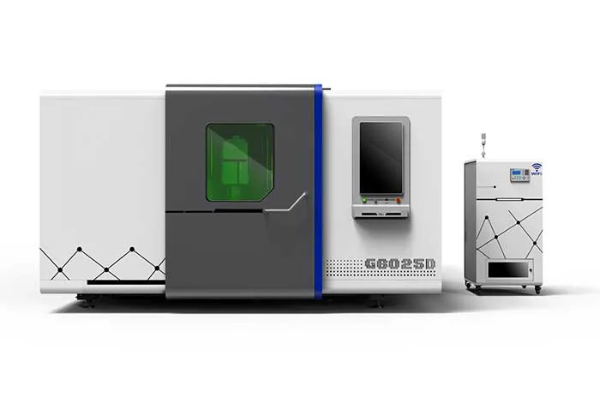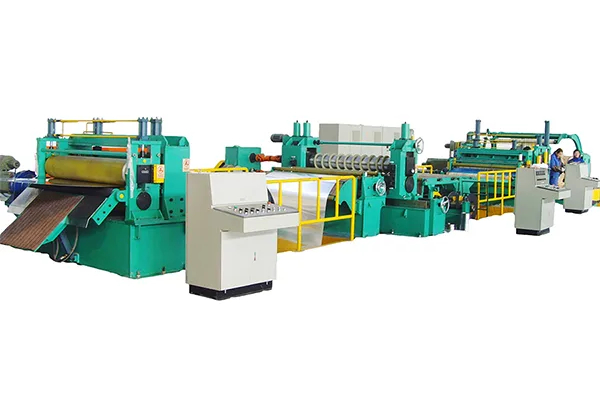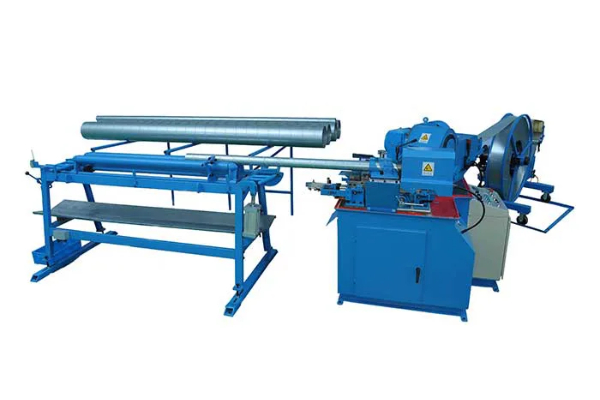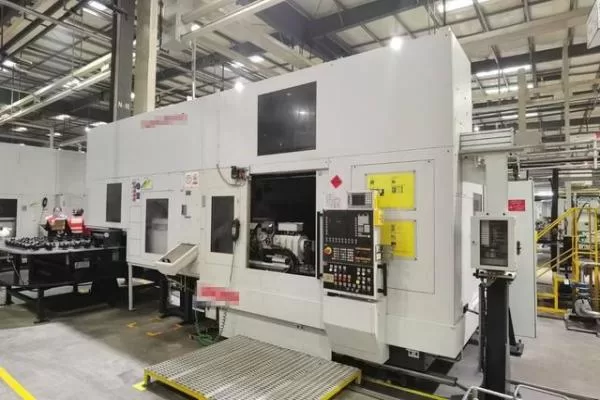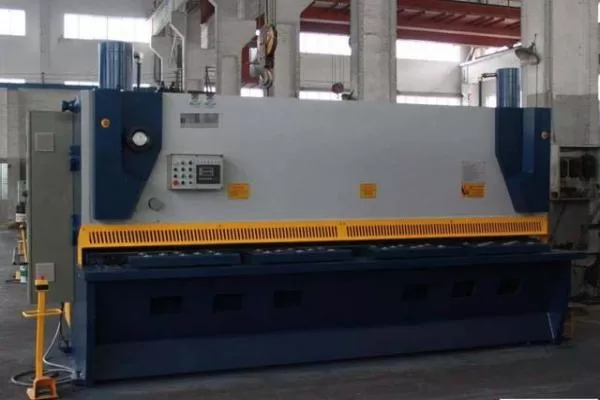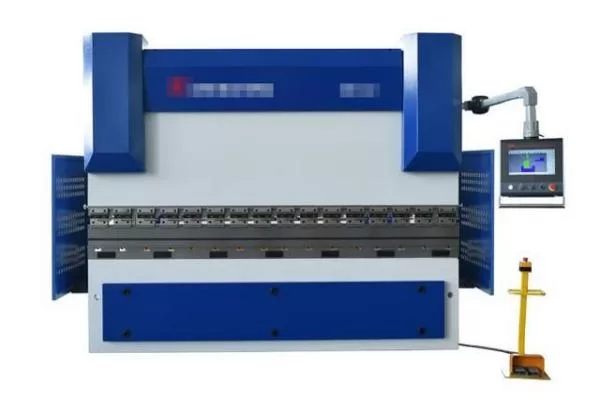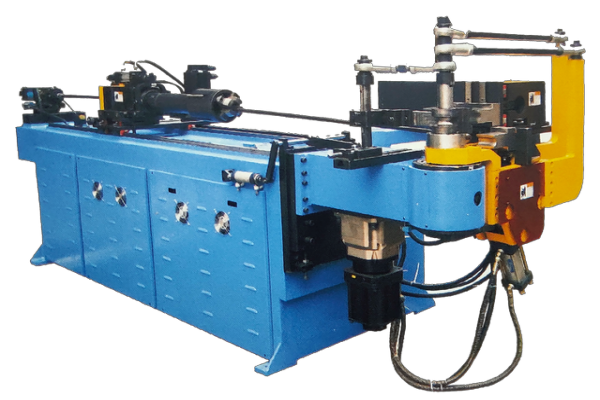
Troubleshooting Guide for Common Metal Punching Machine Issues
- By:Metmac
- 2024-08-02
- 202
Metal punching machines, crucial tools in various industries, can encounter occasional malfunctions. This comprehensive troubleshooting guide provides detailed solutions for typical issues, empowering users to resolve problems efficiently and minimize downtime.
Power-Related Issues
– Machine not turning on: Verify the power source and ensure it’s properly connected to the machine. Check fuses or circuit breakers for blown or tripped conditions.
– Intermittent power loss: Inspect the electrical connections, including cords, plugs, and outlets. Look for loose terminals or damaged insulation.
– Fluctuating voltage: Use a voltage regulator to stabilize voltage supply to the machine and prevent damage to sensitive components.
Control-Related Issues
– Control panel not responsive: Check the control board for loose connections or damaged components. Reset the control system by turning the machine off and on again.
– Incorrect punch coordinates: Calibrate the machine’s axes using a precision measuring tool. Ensure the tooling offsets are properly set.
– Program errors: Verify the program for any syntax errors or incorrect commands. Update the program or contact the manufacturer for support.
Tooling Issues
– Punch or die wear: Replace worn or damaged punches and dies regularly. Resharpen punches to restore sharpness and prevent excessive wear on the workpiece.
– Tool misalignment: Adjust the tool holders or workpiece position to ensure proper alignment. Use dial indicators or lasers for precise measurements.
– Tool breakage: Inspect the tooling for cracks or defects. Use appropriate tool materials for the workpiece and application to prevent breakage.
Hydraulic Issues
– Low hydraulic pressure: Check the hydraulic fluid level and top up if necessary. Inspect the hydraulic pump for leaks or blockages.
– Leaking cylinders: Replace or repair leaking cylinders to prevent hydraulic fluid loss. Ensure proper cylinder sizing and maintenance.
– Insufficient cylinder movement: Check the hydraulic lines for leaks or restrictions. Inspect the cylinder seals for damage or wear.
Material-Related Issues
– Poor workpiece finish: Use the correct punch and die size for the material thickness. Adjust the machine settings to optimize cutting parameters.
– Burr formation: Reduce the cutting force or use a thicker workpiece to minimize burr formation. Use deburring tools to remove any remaining burrs.
– Material distortion: Secure the workpiece properly to prevent distortion during punching. Use appropriate clamping systems and support material if necessary.
-
High-Precision Solutions from Leading Sheet Metal Cutting Machine Manufacturers
2025/09/11 -
Reliable Sheet Metal Equipment for Sale to Support Precision Fabrication
2025/07/17 -
Advanced Duct Machine AC and Fabrication Solutions from Metmac
2025/07/12 -
The Advantages of Using a Sheet Roll Forming Machine in Manufacturing
2024/09/14
-
Precision and Performance: Advanced Sheet Metal Processing Solutions
2025/10/17 -
Advanced Sheet Metal Press, Shearing, and Forming Machines
2025/10/17 -
High-Performance Sheet Metal Laser Cutting Machines for Sale — Precision and Efficiency Combined
2025/10/17 -
Leading Sheet Metal Laser Cutting Machine Manufacturers for Precision Metal Processing
2025/10/17
-
A Guide to the Latest Innovations in Sheet Metal Folding Machines
2024/11/29 -
Key Features to Consider When Investing in a Sheet Metal Folding Machine
2024/11/28 -
Enhancing Precision with Advanced Sheet Metal Folding Machines
2024/11/27 -
How to Choose the Right Sheet Metal Folding Machine for Your Workshop
2024/11/26
